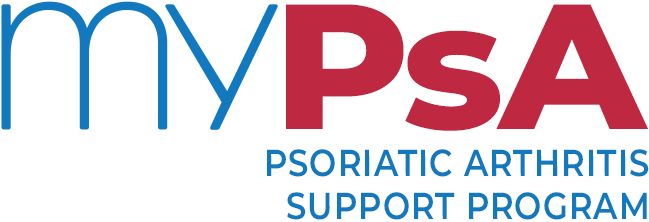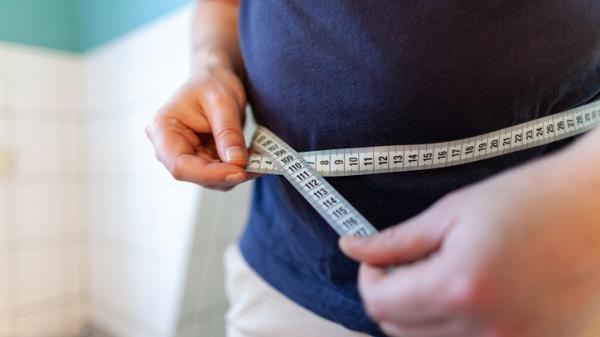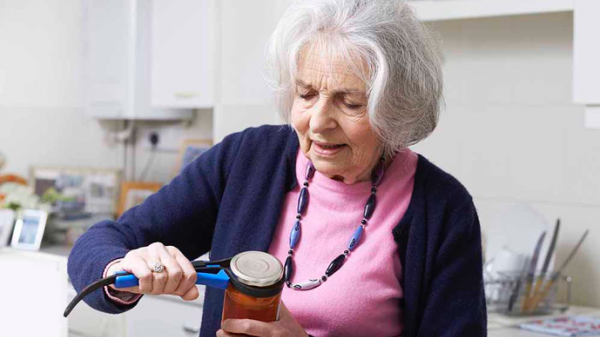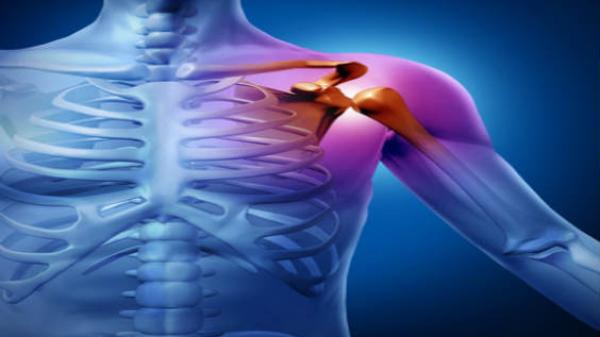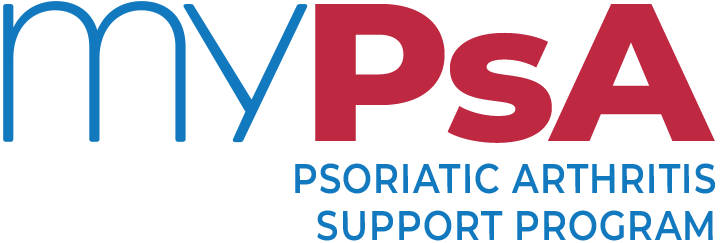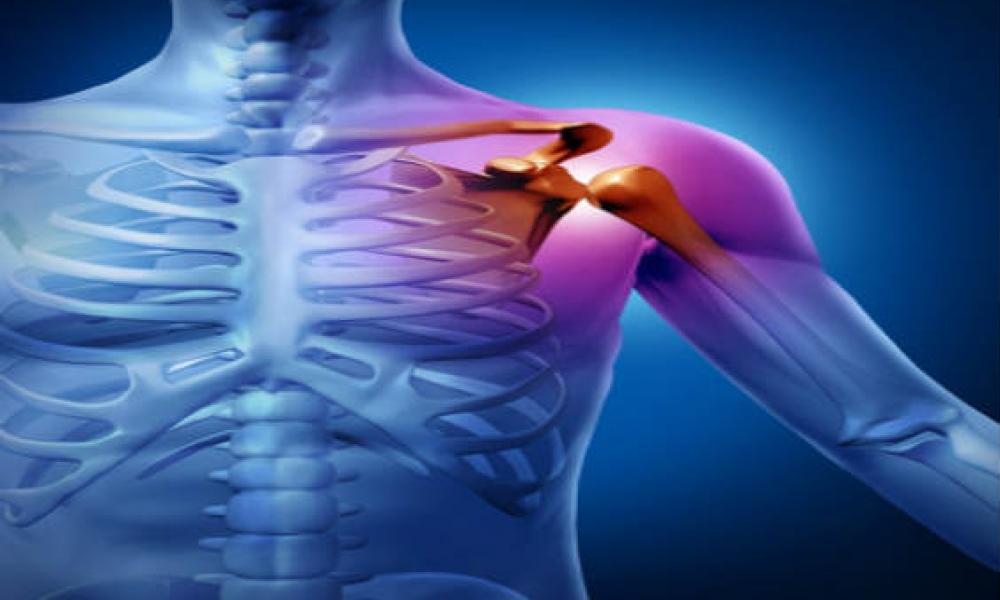
Psoriatic arthritis (PsA) can affect many different areas of the body. While everybody’s experience of PsA is different, below are some of the areas of the body that are commonly affected. Refer to the individual information resources linked below for more information on each area.
Neck
Neck pain is pain that is felt in the upper part of the spine. Pain and stiffness in your neck may be due to arthritis but it is rarely a sign of serious disease. Around one in five people with arthritis may have arthritis involving their neck. Stay active and work with your healthcare team to find ways to manage your pain.
Shoulders
Pain that is felt in the shoulder area, at the top of the arm, is common and may be due to arthritis, especially if you have had arthritis for a number of years. Usually, people have pain when moving the shoulder and, for some people, this may only be with certain movements. However, we use our shoulder joint for a large number of day-to-day activities so you may need to find new ways to do things. Try and stay active, as maintaining the movement and strength in your shoulder will help with the pain.
Back
Some people with PsA experience joint pain, swelling and stiffness in the joints of the lower back or the joints at the bottom of the spine, just above the buttocks. Like with arthritis pain in the shoulders, staying active will help you get better faster and prevent more problems. Work with your healthcare team to manage your pain and develop an exercise program that works for you.
Wrists and hands
Any joint in your fingers, thumbs, knuckles and wrists can be affected by PsA, causing joint pain, swelling and stiffness. Dactylitis, or ‘sausage fingers’, is also very common in PsA. Some people may also experience changes to the nails, such as nail pitting or where the nail lifts away from the nail bed. This is known as 'onycholysis'. These conditions are related to psoriasis and are often referred to as 'nail psoriasis'.
Find out about aids and equipment that can take pressure of the joints of your hands and wrists and make everyday tasks easier. Learn ways to protect your hands and manage your symptoms.
Hips
If your hip is affected by arthritis, you may feel pain in your groin, thighs or lower back. Sometimes pain may also be felt in your knees, especially when standing or moving. Hip pain is most commonly due to osteoarthritis (OA), but can also occur if you have PsA. Weight loss, exercise, medicines, aids, supports, heat and cold can all help you manage your hip pain.
Knees
Knees are also commonly affected by PsA. Knees are weight bearing joints, as with arthritis of the hips, weight loss and exercise can help to reduce the pressure on the joints and keep the muscles around the joint strong. Your healthcare team can also help you with other pain management techniques such as medicines, heat or ice packs or talk to you about what aids or supports might help.
Ankles and feet
While any joint in your ankles, feet and toes can be affected by PsA, dactylitis can also affect the toes in the same way that it affects the fingers. This can make toes difficult and painful to move. Nail psoriasis can also occur in toenails. Pitting of the nails and 'onycholysis' is common among people with PsA.
Enthesitis is also very common in people with PsA, commonly affecting the Achilles tendon or the plantar fascia underneath the foot. Please refer to the Enthesitis sheet for more information.
If your PsA or enthesitis is making it difficult for you to move around, your doctor may refer you to a physiotherapist or a podiatrist, someone who specialises in feet. Work with these members of your healthcare team to find ways to help you manage your pain.
